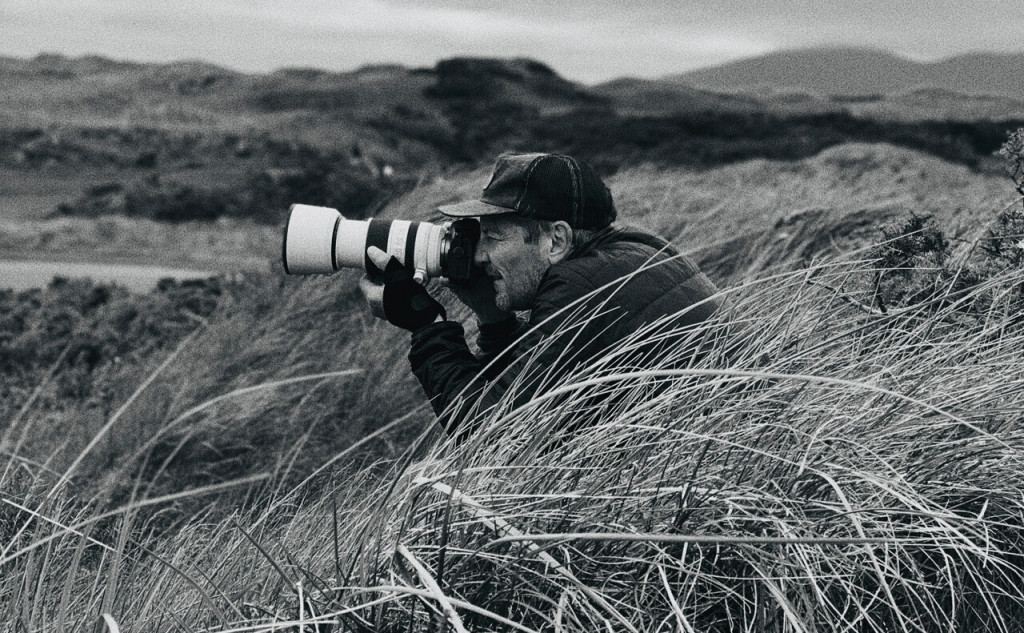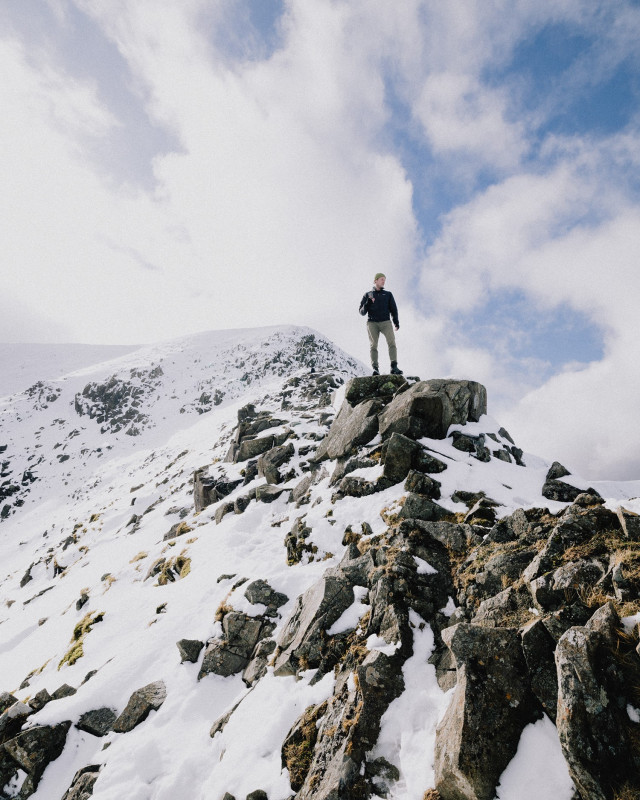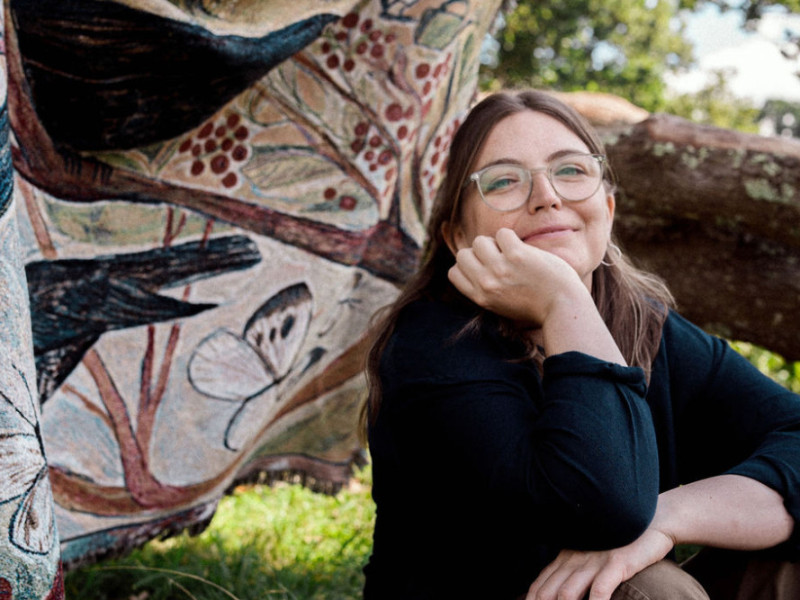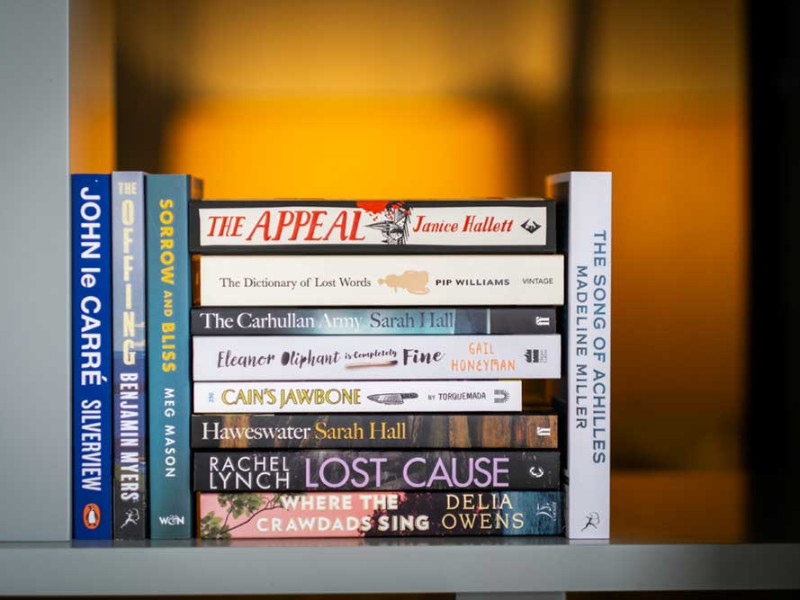Storytelling through photography
A good photo gets people interested. A great photo goes further, seizing imaginations, immersing the viewer in a story and stretching its reach far beyond the frame.
For wanderlust-driven photographer Karl Mackie (who’s worked with international publications and brands including Condé Nast Traveller, Finisterre and Vivobarefoot), the goal is to leave a “lasting impression” – and to capture images that tell an enduring story.
We asked Karl to share his image-making wisdom, with five techniques for creating pictures that have a captivating narrative at their heart.

Pack your camera, dust off your walking boots and accompany Karl on a four-day, three-night hiking and photography masterclass here in the Lakes. Karl will be joined by expedition guide Karen Fielding, as part of our Active Break series.
HOW TO TELL A STORY WITH PHOTOGRAPHY
Whether it’s a single, thought-provoking shot or a series of images that come together to tell a detailed story alive with emotion, once you’ve found a subject you’re passionate about, try piecing together a narrative that brings new dimensions to your work.
Here are five ways I weave a narrative into my photography practice:
1. PLAN IT OUT
A clear plan is critical in landscape photography.
As a photographer, you’re working with changeable natural elements such as light, weather and terrain to capture the desired image.

When I’m planning out an image, I scout the location beforehand, considering factors such as the time of day, weather conditions and the position of the sun. With this foundation, you can determine the ideal spot to set up equipment to capture the best shots.
A solid plan also means you’ll have the right equipment on hand to deal with any potential challenges – such as difficult terrain or unexpected weather changes. Doing the groundwork like this can make the difference between an average image and a breathtaking landscape photograph.
2. AN EYE TO THE SKIES
Whether it's a sunny morning that feels happy and carefree or a stormy afternoon that feels intense and dramatic, weather can set the mood and tone of an image, meaning it plays a crucial role in narrative photo-making.
Different types of lighting can also create various moods and emotions. The warm glow of a sunset might evoke a sense of nostalgia and serenity, while harsh midday shadows may suggest tension or drama. Using these elements effectively allows a photographer to create a visual story that conveys a particular emotion or message to the viewer.
“Think how you can build your story so that the viewer is left with more questions than answers.”
3. MAKE COMPOSITION WORK HARDER
A well-composed landscape photograph can really enhance the visual impact. Do it right, and you can transport the viewer to somewhere entirely new.
You need to carefully consider factors such as the foreground, middle ground, and background; the placement of the horizon; the use of leading lines; and the balance of colours and shapes. All these things help draw the viewer's eye to the focal point of the photograph, creating a sense of depth and dimension. When all of these elements are combined, it’s important to look for your narrative and think about how you can build your story so that the viewer is left with more questions than answers.

4. LAY DOWN YOUR STORY
Pay attention to the smaller details in a picture, as they can often convey the story.
Consider the photo’s context and how it relates to the main subject. I document every photograph in my store by making notes about it in a journal or on my iPhone. This way, I can use my words to give the photograph context and help the viewer understand the motivation or narrative behind it.


5. LET THEM FEEL
My goal is to create an emotional connection between the final image and the viewer. I want them to experience the scene as if they’d been there themselves.
Emotion in landscape photography is subjective and interpreted differently by each viewer, but, for me, the key is to create a photograph that evokes a strong emotional response and leaves a lasting impression.
Want to get creative out in the Lakes, fine-tune your photography skills and spend time with likeminds exploring the dramatic Cumbrian landscape? Check out the itinerary for Karl’s Active Break, happening this 13-16 May, and claim your space.


